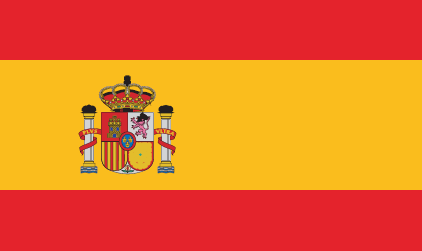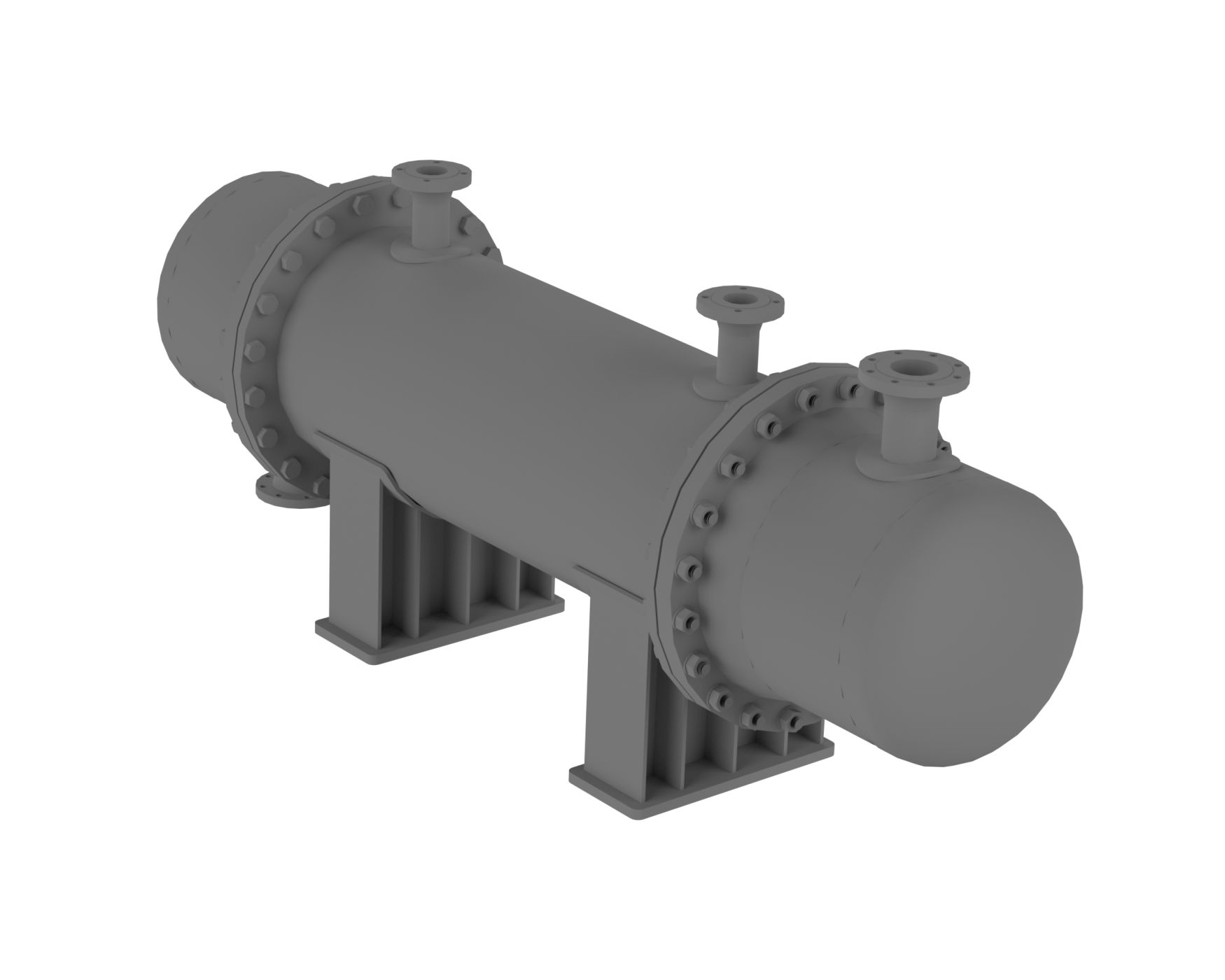Odour control system
- Condensation of the contaminated vapor
- Incineration of vapors
- Direct water injection in the gas scrubbers
- Indirect heat exchanger application for condensing of vapor
- Chemical treatment and biofilter utilization
Vapour odour control unit
Contaminated air in animal by-products processing plants can be divided into vapor handling and odour handling. Vapour is generated by water evaporation. Heat can be recovered from the vapor stream because it contains energy, which can be utilized in rendering plants. Waste heat can be utilized for heating hot water for cleaning or other purposes. Main vapor control equipment can be divided to:
- Recuperative thermal oxidizer
- Air-cooled condenser
- Shell and tube heat exchanger
Recuperative thermal oxidizer
- The vapors generated in the cooking and drying process are treated in a thermal oxidizer
- Waste odour vapor is burned in a thermal oxidizer, additional process air is required
- Waste heat from thermal oxidizers is used for saturated steam generation
- High capacity removal efficiency of odour
Air-cooled condenser
An air-cooled condenser is a dry direct cooling system in which steam is condensed inside air-cooled finned tubes. The flow of cool ambient air out of the finned tubes is what removes heat and determines the functionality of the odour removal system.
- The vapors generated in the cooking and drying process are treated in an air-cooled condenser
- Fans draw ambient air into the condenser and pass through the pipes, condensing the process vapors
- The non-condensable gases flow to odour treatment plant
- The fluids are transported to the customer's wastewater treatment plant
Odour control
- Recuperative thermal oxidizer
- Biofilter
- Chemical treatment with a deodorizing unit
- Chemical treatment with a chemical tower
Recuperative thermal oxidizer
- Odour generated in the rendering plants is treated in a thermal oxidizer
- Thermal oxidation of volatile organic compounds takes place
- Waste heat from thermal oxidizers is reused for steam generation
Biofilter
- Non-condensable and process air treatment
- The smells are blown through the biobed. The microorganisms in the materials of the biobed break down unpleasant odour
- Clean air after treatment is directly released into the atmosphere
Chemical treatment with a deodorizing unit
- Non-condensable volatile organic compounds (vocs)
- Chemical treatment of the odour
- Clean air after treatment is directly released into the atmosphere
Chemical treatment with a chemical tower
- Room air purification
- Chemical purification of the odour
- Clean air released into the atmosphere






